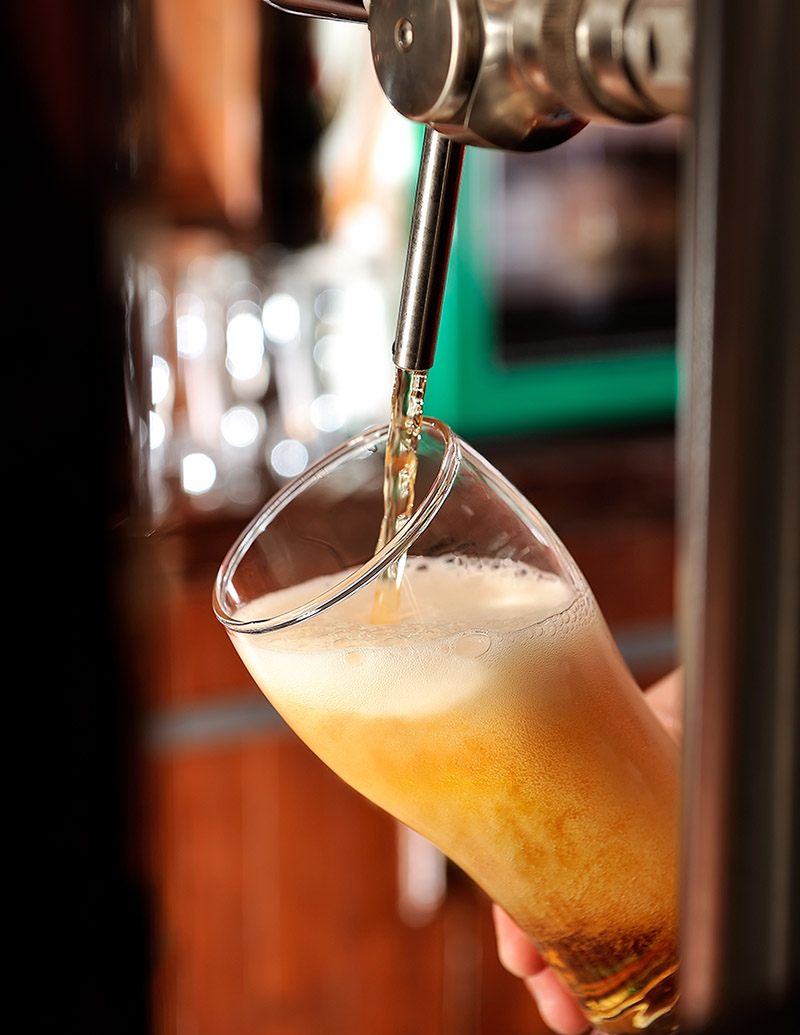4 Reasons To Hire Beer Line Cleaning Professionals
Why doesn’t anyone clean draft beer lines?
Most don’t realize it’s important, others avoid it altogether because cleaning can be a pain in the butt. Avoiding regular draft system maintenance is not only pouring money away, but also serving products well below the quality of what the brewers intended.
To ensure your establishment is maximizing its draught beer flavor and profit potential, check out these 4 reasons not to pour your profits down the drain.
1. Bacteria & Wild Yeast
When residue builds up in your draft system, it infects the beer that is coming out of the faucet with wild yeasts and bacteria. These yeasts can grow through the line to ferment over a very short period of time, creating high levels of carbon dioxide. This may cause beer foam uncontrollably, literally pouring money down the drain. These contaminants affect the beer’s quality, as well; producing less than desirable aromas, acids, and flavors. Sadly, many establishments pump out pitchers of foam that taste nothing like the brewer intended.
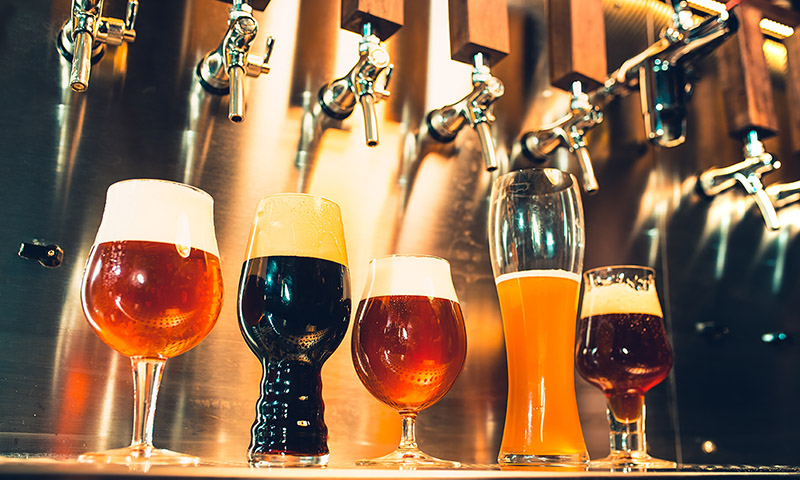

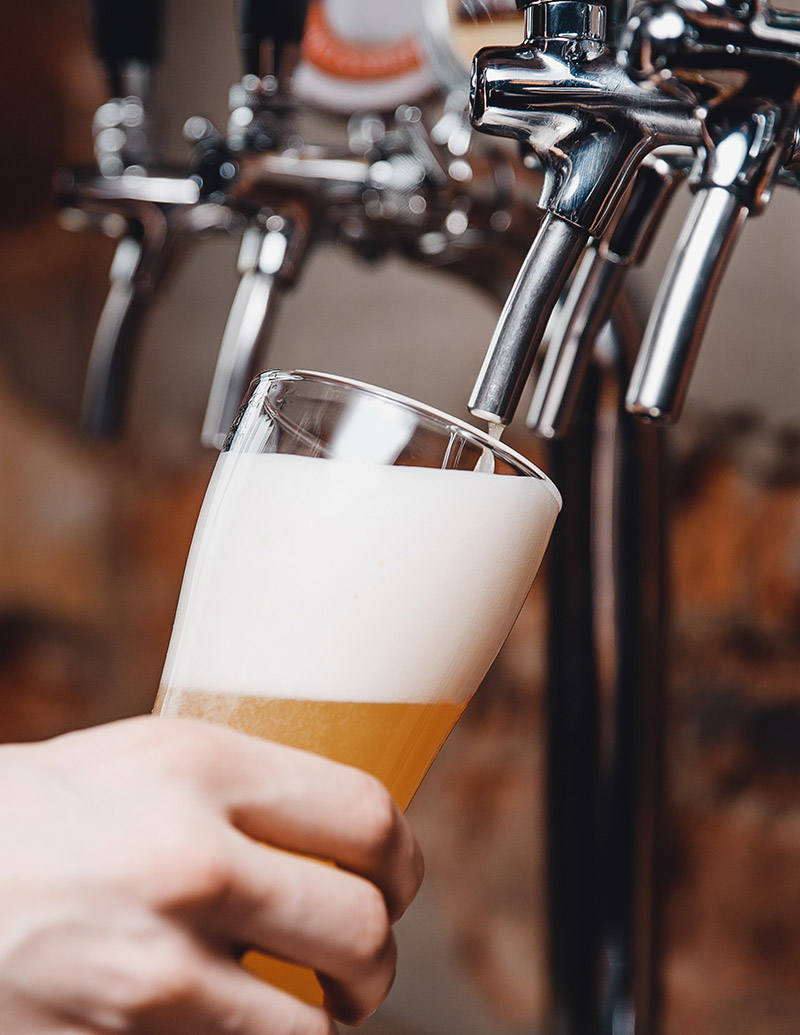
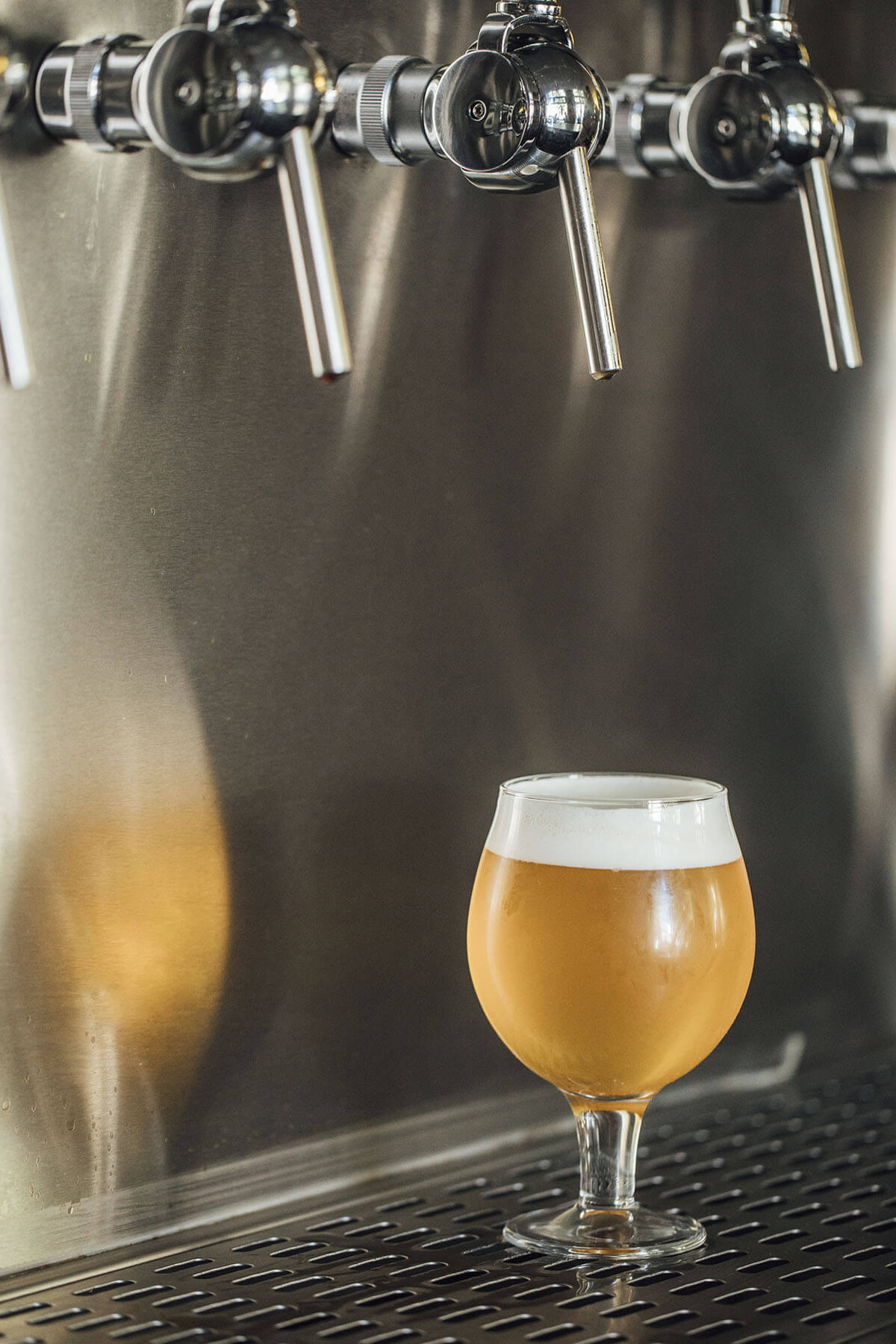
2. Cleaning Draft Beer Lines Properly Is Tough
Cleaning out a couple beer lines, how hard can it be?
The fact is it’s not just challenging and time consuming, but must also follow a very specific set of standards. Poorly cleaned or improperly maintained lines not only waste money and time but also defeat the entire purpose, which is to assure every beer is served at its highest possible quality and with maximum efficiency.
Yes, anyone can buy the needed solutions and soak lines themselves. The fact is, though, this style of cleaning produces on average 20% of the result as compared to professionally cleaned lines and comes with serious risks. When lines are cleaned with too much solution, for example, chlorine soaks into the lines. This taints the beer with a distinct chlorine flavor, essentially ruining the lines; an expensive error which is totally avoidable.
There’s also the factor of public safety when lines are improperly cleaned. If too much cleaning solution is carelessly left in the lines it can not only create a terrible taste (which on its own will drive customers away) but can also make customers extremely ill. In fact many states are changing laws to make a health code violation if businesses do not clean their lines bi-weekly.
Cleaning beer lines may seem like a simple enough task but when so much is on the line (pun intended) it only makes sense to have the peace of mind of knowing it’s done 100% correct. The last thing any business needs is a lawsuit or a reputation for tainted beer.
3. Lines Must Be Cleaned While They Are Still Clean
Once again, proper draft beer system maintenance is time consuming. Although there is some dispute on how frequently lines should be cleaned, the industry standard is between one to two weeks.
To guarantee your establishment maintains a consistent level of quality, lines must be cleaned while they are still clean. Waiting till lines become dirty means the quality of your beer has already been impacted as well as your sales. In addition, lines which are cleaned more frequently last much longer than dirty lines, which cuts back on expensive replacements.
There’s also the matter of the cleanliness of taps, fob detectors, couplers and other ancillary equipment. Just like the lines, these are sources of contaminants and must be cleaned well and with regularity to make sure you’re not leaving the job half done.
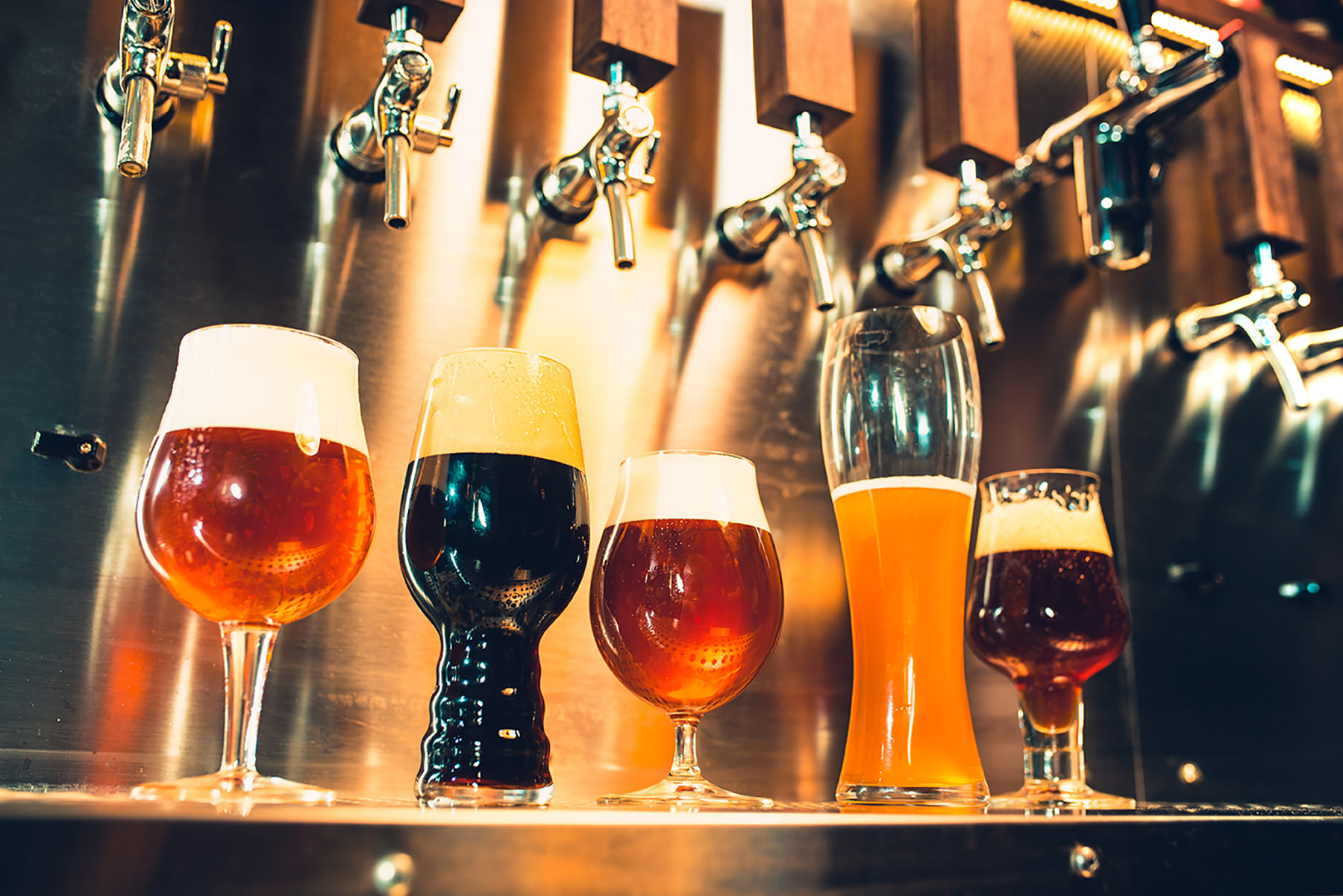
4. You Wouldn’t Serve A Customer Beer In A Dirty Glass
Few things are as off-putting than sitting in front a freshly poured beer and noticing a distinct musty odor or flavor. Getting hints of sour, skunk or sometimes even a funky butterscotch is a common occurrence with unclean lines and is especially bad for beers that should in no way have those flavors.
Every brewer is an artist in their own right, having worked years in perfecting their craft. Integrity of the beer is what the Brewers fight for in a flourishing industry. Getting the product from brewer to customer and keeping the taste profile the same as the brewer intended is the final goal.
